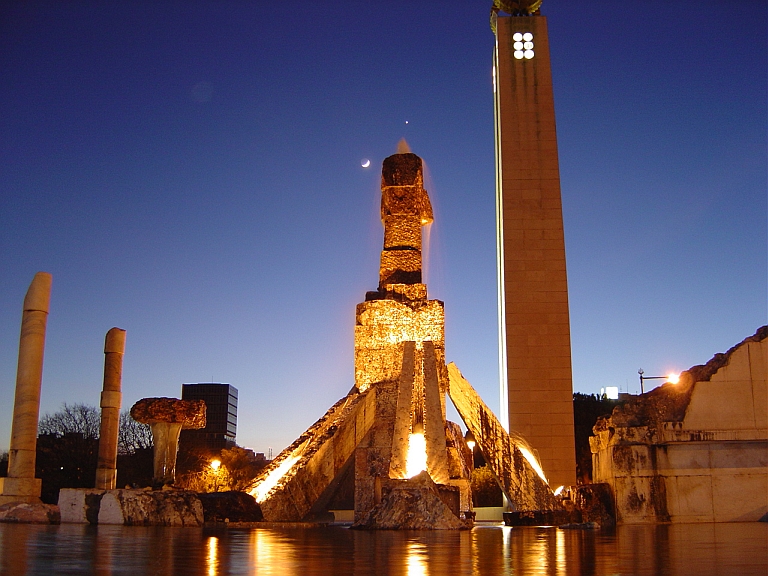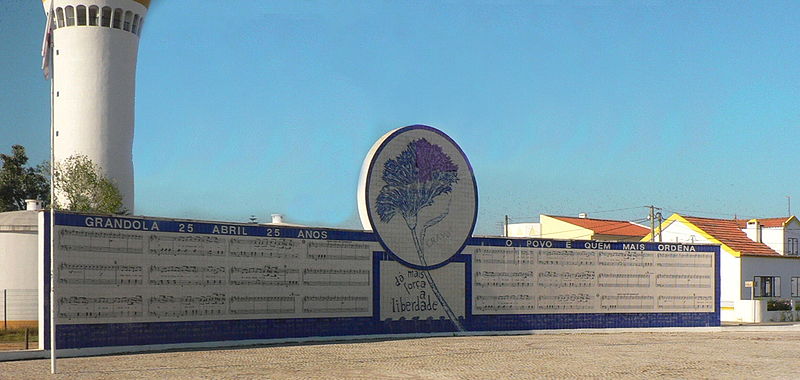For many people, mention of a resistance movement brings to mind the Polish, French and Danish resistance movements against the occupying German forces during World War II. Those events are fairly recent, often heroic, and get a lot of play in movies, so they are in our public consciousness.
As a descriptor, “resistance movement” is vague enough to encompass a variety of actions, although the idea of a movement requires some organization. Resistance can be armed or unarmed, violent or non-violent, against a government or against an occupying force, and can be aimed at objectives ranging from physical freedom to civil rights.
One of my favorite examples is the Carnation Revolution in Portugal. In 1926 there was a military coup overthrowing an unstable parliamentary government. As often happens with coups, the result was an authoritarian government. This one lasted over forty years, longer than any other authoritarian rule in Western Europe.
By 1974, the rulers controlled the press, persecuted religions other than Roman Catholicism, and had a secret police force to take care of any opposition. Women were not allowed to vote and had low literacy rates because they were denied education. Portugal’s NATO partners tolerated the entrenched right-wing dictatorship because they were anti-communist.
Portuguese citizens were being conscripted into military service and a big part of Portugal’s budget was being spent to fight colonial wars against African independence movements. Some of the military officers fighting these wars, which had dragged on for 13 years, finally had enough, both of their government and their wars. Like any military coup, they were aiming for regime change, but in this case they wanted to replace a dictatorship with a democracy and to negotiate with the African independence movements.
The coup turned out to be quick and almost bloodless. Four people were killed by the authoritarian regime’s police forces.

This was a military coup joined by civil resistance once the public realized what was happening. Although the coup leaders announced over the radio that they wanted the citizens to remain in their homes, the people wanted to be a part of this and poured into the streets. Carnations were in season and available in the market square, so once the coup was successful, the people started putting carnations into the soldiers’ rifle muzzles and on their uniforms.
My favorite part of this story? The leaders of the coup had two secret signals. When a certain song was played, the soldiers were to begin the coup. The song they used was Portugal’s 1974 entry in the Eurovision Song Contest, “E Depois do Adeus” by Paulo de Carvalho. (ABBA’s “Waterloo” won that year.) The second signal, to take over certain strategic positions, was announced with a song by Zeca Afonso, a musician banned from Portuguese radio as part of the government’s media censorship.
Music to take down a dictatorship. Now that’s some good resistance.

